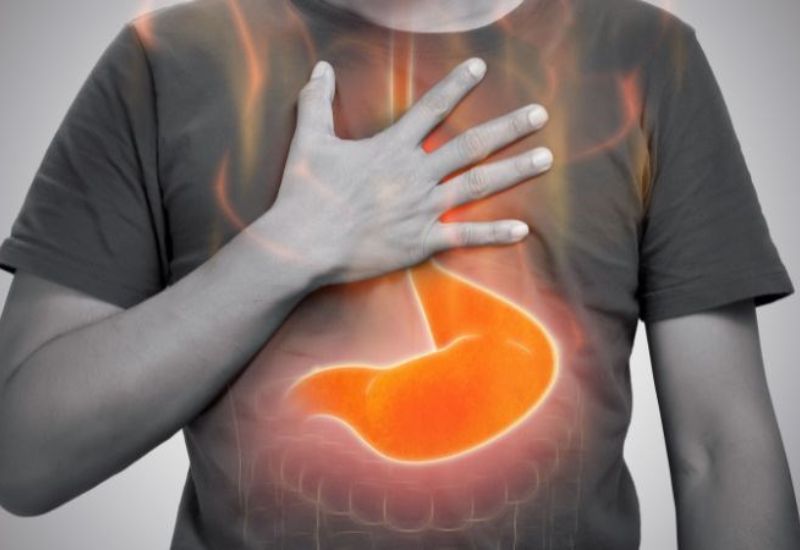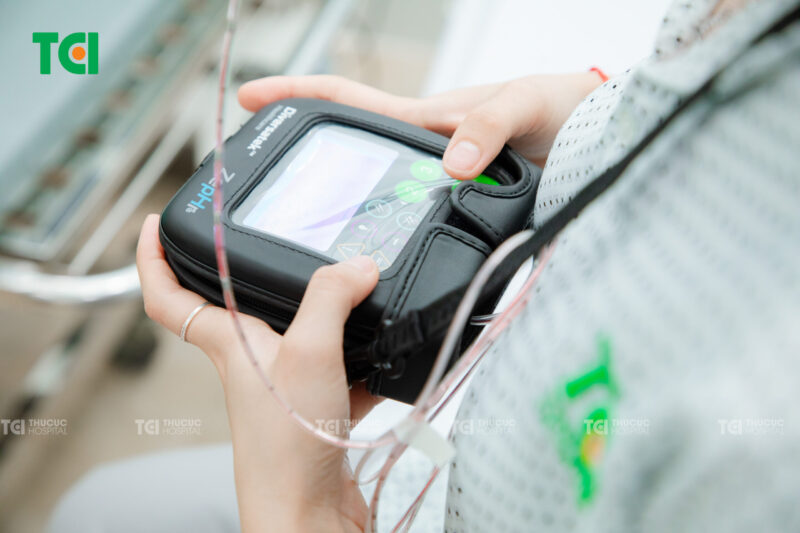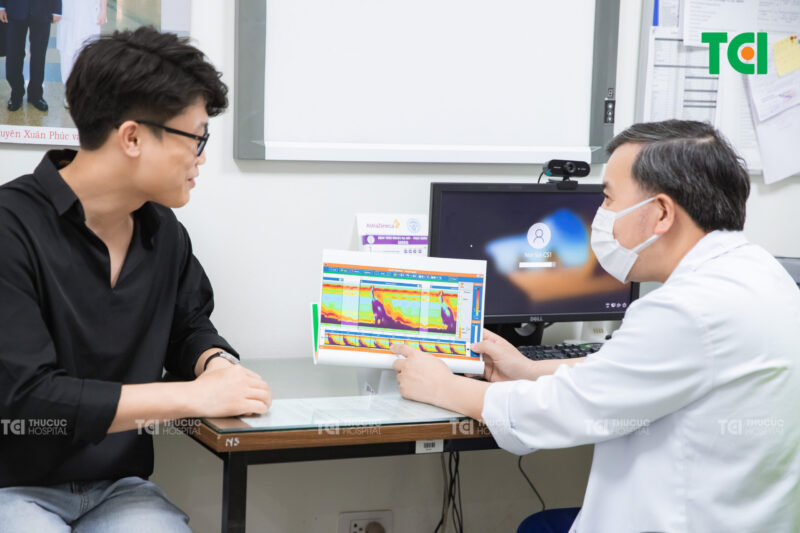Gastroesophageal reflux disease (GERD) is a common condition that can significantly impact quality of life. Early and accurate diagnosis of GERD is crucial to prevent serious complications. This article explores the importance of diagnosing GERD and highlights the most effective Diagnostic Methods for GERD used today.
1. Importance of GERD Diagnosis
1.1 The Significance of Early Diagnosis
Timely diagnosis of GERD is essential. If left untreated, prolonged acid reflux can lead to severe complications, such as:
– Esophagitis: Inflammation and damage to the esophageal lining due to long-term exposure to stomach acid.
– Esophageal Stricture: Narrowing of the esophagus caused by scar tissue, leading to difficulty swallowing.
– Barrett’s Esophagus: A precancerous condition where the esophageal lining changes due to acid exposure.
– Esophageal Cancer: One of the most severe complications associated with uncontrolled GERD.
By utilizing the appropriate Diagnostic Methods for GERD, early detection can prevent these complications and improve patients’ quality of life.
1.2 When to Undergo GERD Testing
Consider seeking medical attention and undergoing Diagnostic Methods for GERD if you experience the following:
– Persistent heartburn or acid regurgitation that doesn’t improve with over-the-counter medications.
– Chest pain accompanied by difficulty swallowing, chronic cough, or hoarseness.
– Nighttime reflux symptoms affecting your sleep.
– Symptoms of suspected GERD that do not respond to standard treatments.
– A family history of Barrett’s esophagus or esophageal cancer.

Consider seeking medical consultation as soon as possible if any concerning symptoms arise
2. Common Diagnostic Methods for GERD
To accurately diagnose GERD, several effective Diagnostic Methods for GERD are available:
2.1 Upper Endoscopy for GERD Diagnosis
Upper endoscopy is one of the most widely used and direct Diagnostic Methods for GERD. It involves the use of a thin, flexible tube with a camera to examine the esophagus, stomach, and duodenum.
Procedure
A local anesthetic is applied to the throat area to minimize discomfort as the endoscope is passed through the mouth into the esophagus. The endoscope allows the doctor to view any damage caused by acid reflux, such as esophagitis, Barrett’s esophagus, or stomach ulcers.
Benefits
Upper endoscopy helps detect GERD-related damage and can also identify other conditions like stomach ulcers, gastritis, or early-stage gastric cancer. During the procedure, a biopsy (small tissue sample) can be taken for further analysis to check for cancer cells.
Limitations
This method is most effective for identifying visible damage to the esophagus. However, some patients with GERD do not show damage on endoscopy (non-erosive reflux disease or NERD), which limits its diagnostic accuracy in certain cases.
2.2 24-hour Esophageal pH Impedance Monitoring
This is considered the gold standard among Diagnostic Methods for GERD. It provides comprehensive data on acid reflux episodes.

24-hour esophageal impedance-pH monitoring device
Procedure
A thin catheter is inserted through the nose and positioned near the lower esophageal sphincter (LES). This device measures esophageal pH levels and impedance over 24 hours, recording reflux events even during activities like eating, sleeping, or sitting.
Benefits
This method offers precise data on the frequency and nature of reflux, the timing of reflux episodes, the acidity of the refluxate, and how long the esophagus is exposed to reflux. It can detect both acidic and non-acidic reflux, which is particularly useful for patients with typical GERD symptoms but negative endoscopy results.
Limitations
24-hour esophageal pH impedance monitoring is a complex procedure requiring patient cooperation. It may not be suitable for individuals with respiratory or neurological issues that could interfere with catheter insertion.
2.3 High-Resolution Manometry (HRM)
High-resolution manometry is another critical option among Diagnostic Methods for GERD for assessing the mechanical function of the esophagus, particularly the LES.

Doctor reviews the HRM test results at TCI
Procedure
A small catheter is inserted through the nose and placed in the esophagus. This catheter contains multiple sensors that measure pressure at different points along the esophagus as the patient swallows.
Benefits
HRM identifies esophageal motility disorders such as weak or overly strong contractions or LES dysfunction, which can contribute to GERD. By assessing the LES function, this test helps determine whether the sphincter is opening and closing correctly.
Limitations
While HRM provides insight into esophageal muscle function, it does not measure acid reflux or detect damage from acid exposure. Therefore, it is often combined with other Diagnostic Methods for GERD, such as pH monitoring or endoscopy.
2.4 X-ray with Barium Swallow
This non-invasive imaging technique is sometimes used as part of Diagnostic Methods for GERD, focusing on the esophagus and stomach structure.
Procedure
The patient drinks a barium solution that coats the esophagus and stomach lining. X-rays are then taken to reveal abnormalities in the shape or function of the esophagus.
Benefit
This method helps identify structural issues like hiatal hernias, esophageal strictures, or tumors.
Limitations
X-rays with barium swallow do not provide detailed information about acid levels or damage to the esophagus caused by reflux. Thus, they are typically used as a supplementary diagnostic tool rather than a primary method.
Utilizing the right Diagnostic Methods for GERD is essential for accurate diagnosis and effective treatment. Modern diagnostic techniques, including 24-hour pH monitoring, endoscopy, and HRM, provide comprehensive insights into the condition, allowing for tailored treatment plans. If you experience symptoms of GERD, seeking timely evaluation can prevent serious complications and improve your overall health.








